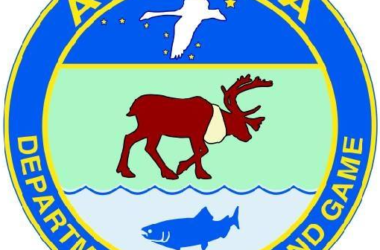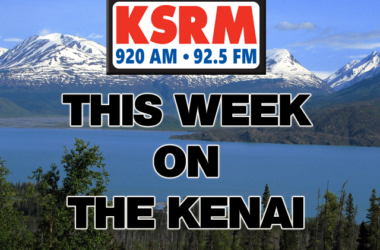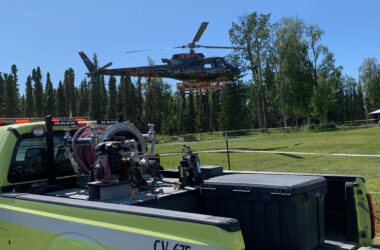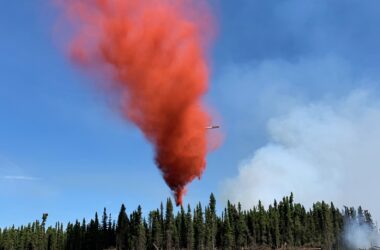After the snow, slush, and ice that hit the Kenai over the weekend, residents have been granted a reminder that winter weather requires different driving habits both on the road and before hitting the streets.
Before even getting in the car, the Alaska Department of Transportation advises drivers to prep any car, even a work vehicle, with an emergency car kit. This kit should be stored in the passenger compartment, in the event of a frozen or jammed trunk. Among the items to include are:
- A shovel;
- Windshield scraper and small broom;
- Flashlight with extra batteries;
- Battery powered radio;
- Water;
- Snack food including energy bars;
- Raisins and mini candy bars;
- Matches and small candles;
- Extra hats, socks, and mittens;
- First aid kit with pocket knife;
- Necessary medications;
- Blankets or sleeping bag;
- Tow chain or rope;
- Road salt, sand, or cat litter for traction;
- Jumper cables;
- Emergency flares and reflectors;
- Fluorescent distress flag and whistle to attract attention;
- Cell phone adapter to plug into car lighter port.
Once drivers are on the road in a vehicle equipped with the appropriate emergency kit, careful driving is a must. As temperatures continue to swing below zero and into the teens, roadways on the Kenai have the potential to ice over quickly.
Ever find yourself asking, “Why do I always get stuck behind the driver going 20 miles per hour UNDER the speed limit?! Aren’t there laws preventing people from driving too slow?” According to the Alaska State Troopers, yes and no.
Alaska’s basic speeding law prohibits driving faster than is ‘reasonable and prudent considering the traffic, roadway, and weather conditions.’ That means motorists must always drive at a safe speed. What that speed is depends on the circumstances. For instance, 65 miles per hour might be safe on a dry, sunny day. But if it’s dark and the road is icy, going 65 mph could be dangerous and a violation of the basic speeding law.
State law does say that drivers on a two-lane roadway should pull over safely if there are five or more vehicles following behind, but the law was generally written for motor homes or other large slow-moving vehicles. For example, an RV holding up four miles of traffic on the Seward Highway in July. The law was not intended to penalize drivers for exercising caution on a dangerous roadway that has heavy traffic already, according to Alaska State Troopers.






